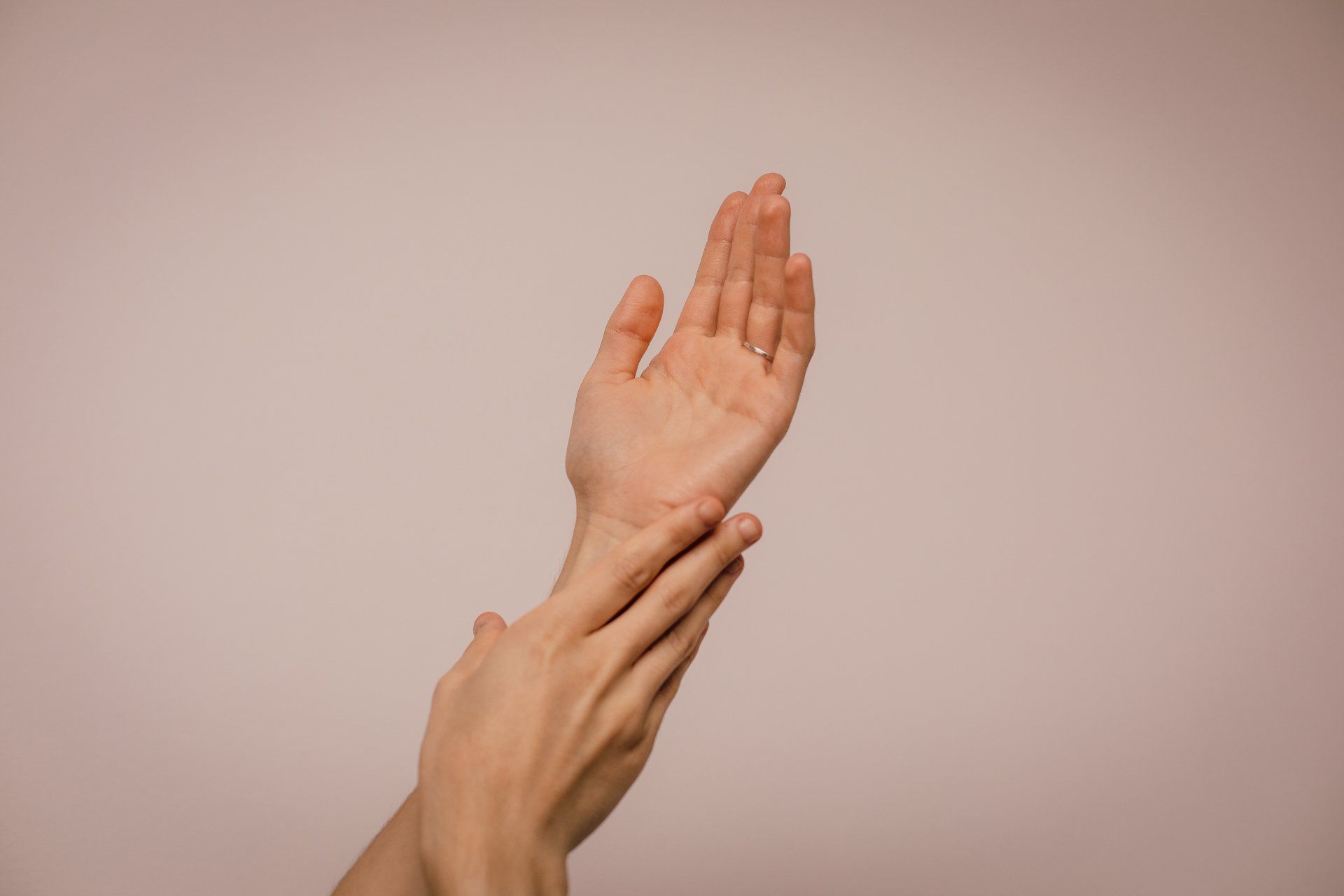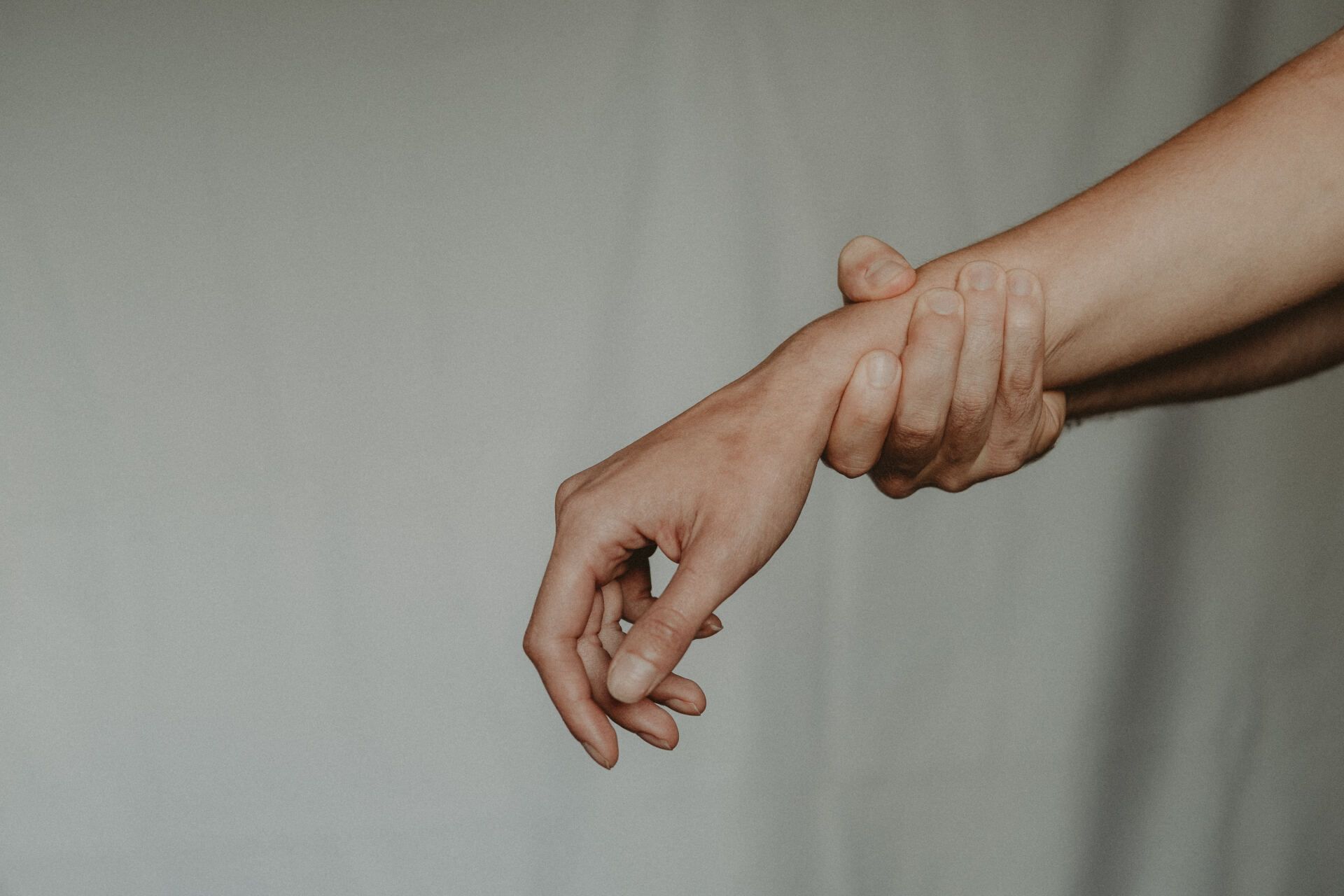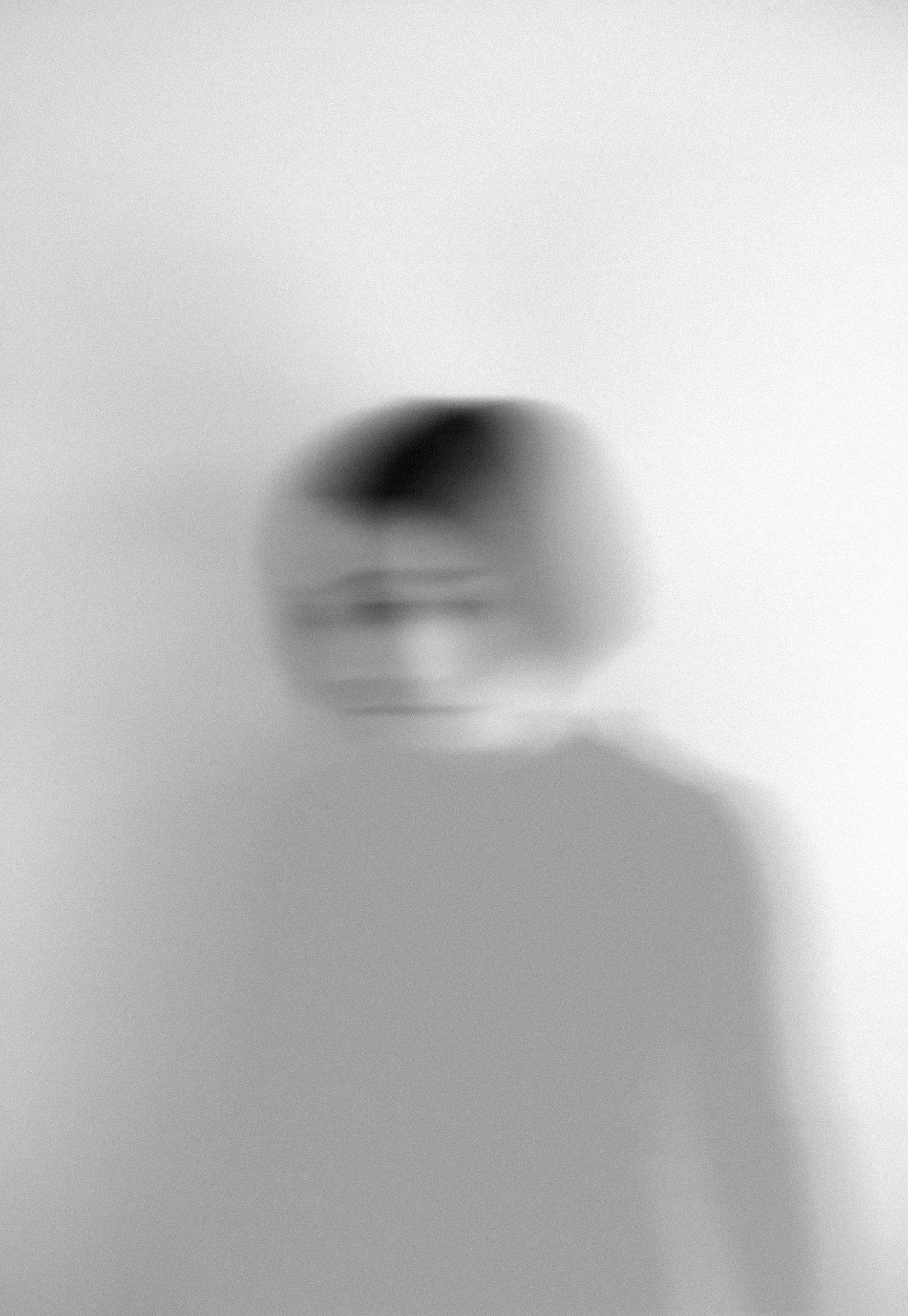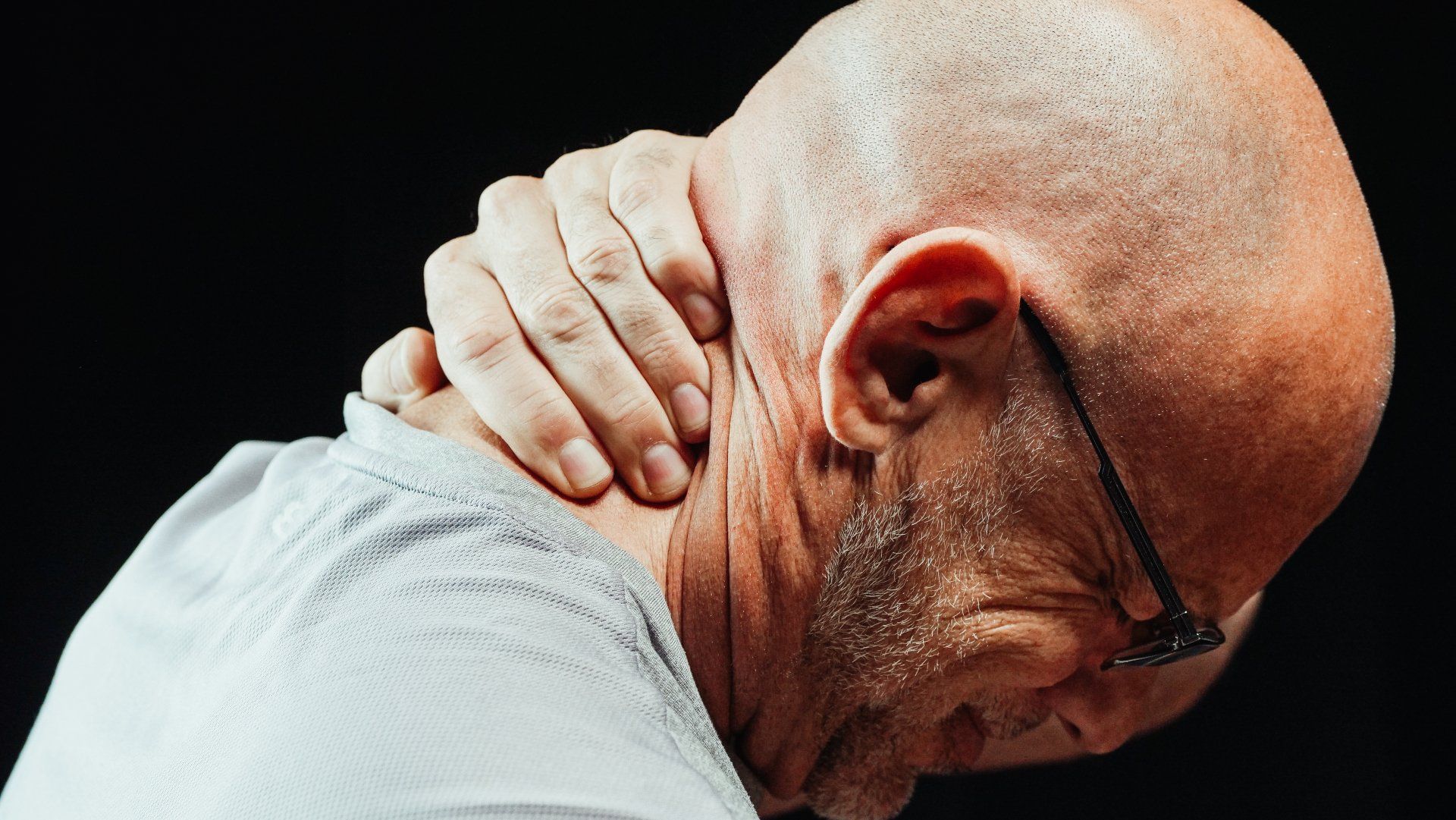Psoriasis
About Psoriasis
Psoriasis is a common, chronic condition, which affects at least 2 percent of the population. It most noticeably affects the skin, particularly around the face, scalp, elbows, knees, palms and soles of feet. In some cases it can affect the nail, cornea or joints and it may even cause oedema and liver damage. Psoriasis is a persistent skin disease that derives its name from the Greek word for “itch”. The skin becomes inflamed – producing red, thickened areas with silvery scales, most often on the scalp, elbows, knees, and lower back.
Possible Symptoms
Symptoms of psoriasis are red thick skin patches (plaques) may be round with clear boundaries, silvery scaly patches, often in hairy areas, itching, weeping, skin, pitting in nails, joint pain. In some cases, psoriasis is so mild that people don’t know they have it. At the opposite extreme, severe psoriasis may cover large areas of the body.
It can be a mildly annoying problem or can destroy the self-esteem and life of the victim. Although not life threatening, the direct impact on the self-esteem and lifestyle of the psoriasis victim due to the unsightliness of the patches, the chronic itching and flaking can be consuming. Time and money are spent trying to keep it under control. Therapy costs are usually covered by insurance, but it can be quite expensive.
Psoriasis is not contagious, and can be perceived as an unsightly disease that can alienate coworkers and acquaintances. It can develop anywhere on the skin, though it usually appears on the scalp, knees, elbows and torso. It also may affect the nails and joints. Skin psoriasis has several common symptoms. It is often itchy and may cause painful drying, cracking or blistering of the skin. Psoriasis affecting the joints can cause pain and make movement more difficult.
Red, raised areas of skin called plaques characterize plaque psoriasis, the most common form of the disease. Plaque psoriasis can range from mild to severe. Approximately 20 to 25 percent of cases are severe. Other forms of the disease include guttate psoriasis, erythrodermic psoriasis and pustular psoriasis. Psoriasis also can be categorized by location on the body, such as scalp psoriasis, nail psoriasis, and joint psoriasis, also known as psoriatic arthritis.
Most people with the condition develop it in their 20s, but the disease can occur at any age, even childhood. It is equally common in men and women, and tends to run in families. Treatments for psoriasis include the use of skin creams, light therapy, and pills or injections.
Recent discoveries in the causes of psoriasis point to an abnormality in the functioning of key white cells in the bloodstream triggering inflammation in the skin. Because of the inflammation, the skin sheds too rapidly, every three to four days. Psoriasis cannot be passed from one person to another, though it is more likely to occur in people whose family members have it.
People often notice new spots 10 to 14 days after the skin is cut, scratched, rubbed, or severely sunburned. Psoriasis can also be activated by infections, such as strep throat, and by certain medicines. Flare-ups sometimes occur in the winter, as a result of dry skin and lack of sunlight.
The condition comes in many forms. Each differs in severity, duration, location, and in the shape and pattern of the scales. The most common form begins with little red bumps. Gradually these grow larger and scales form. While the top scales flake off easily and often, scales below the surface stick together. When they are removed, the tender, exposed skin bleeds. These small red areas then grow, sometimes becoming quite large.
Elbows, knees, groin and genitals, arms, legs, palm and soles, scalp and face, body folds and nails are the areas most commonly affected by psoriasis. It will often appear in the same place on both sides of the body. Nails with psoriasis have tiny pits on them. Nails may loosen, thicken or crumble and are difficult to treat.
Arthritis can also stem from psoriasis, attacking the joint spaces, giving the psoriasis victim another disease process to deal with. Up to 30 percent of people with psoriasis may have symptoms of arthritis and 5-10 percent may have some functional disability from arthritis of various joints. In some people, the arthritis is worse when the skin is very involved. Sometimes the arthritis improves when the condition of the patient's skin improves.
Western Medical View
In Western medicine the cause of psoriasis is still not clear although it is believed to be a hereditary skin condition, triggered by infection, psychogenic factors or stress, trauma and infection. Genetic traits leading to abnormalities in the body’s response to infection are believed to be the underlying basis. A specialized type of white blood cell called a T-cell has been identified as playing a key role in the inflammation that eventually leads to psoriasis plaques and related symptoms. Conventional treatment normally involves the use of long-wave ultraviolet light (UVA) and the application of topical preparations such as coal tar and ointments containing corticosteroids. It is common for treatment to be unsuccessful, which is why many people have sought help through Chinese Medicine.
The goal is to reduce inflammation and to control shedding of the skin. Moisturizing creams and lotions loosen scales and help control itching. Special diets have not been successful in treating psoriasis, except in isolated cases.
Treatment is based on a patient’s health, age, lifestyle, and the severity of the psoriasis. Different types of treatments and several visits to the dermatologist may be needed.
The doctor may prescribe medications to apply on the skin containing cortisone-like compounds, synthetic vitamin D, tar, or anthralin. These may be used in combination with natural sunlight or ultraviolet light. The most severe forms of the condition may require oral medications, with or without light treatment.
Sunlight exposure helps the majority of people with psoriasis but it must be used cautiously. Ultraviolet light therapy may be given in a dermatologist’s office, a psoriasis center or a hospital.
Types of Western Treatment
Steroids (Cortisone) – Cortisone creams, ointments, and lotions may clear the skin temporarily and control the condition in many patients. These must be used cautiously and with the dermatologist’s instruction. Weaker preparations should be used on more sensitive areas of the body such as the genitals, groin, and face. Stronger preparations will usually be needed to control lesions on the scalp, elbow, knees, palms and soles, and parts of the torso and may need to be applied under dressings. Some side effects of the stronger cortisone preparations include thinning of the skin, dilated blood vessels, bruising, and skin color changes. The dermatologist may inject cortisone in difficult-to-treat spots. These injections must be used in very small amounts to avoid side effects.
Retinoids – Prescription oral vitamin A-related drugs may be prescribed alone or in combination with ultraviolet light for severe cases of psoriasis. Side effects include dryness of the skin, lips and eyes, elevation of fat levels in the blood, and formation of tiny bone spurs. Oral retinoids should not be used by pregnant women or women of childbearing age who intended to become pregnant during or within 3 years of discontinuation of therapy, as birth defects may result. Close monitoring is required together with regular blood tests.
Anthralin – a medication that works well on tough-to-treat thick patches of psoriasis. It can cause irritation and temporary staining of the skin and clothes. Newer preparations and methods of treatment have lessened these side effects.
Scalp Treatment – The treatment for psoriasis of the scalp depends on the seriousness of the disease, hair length, and the patient’s lifestyle. A variety of non-prescription and prescription shampoos, oils, solutions, and sprays are available. Most contain coal tar or cortisone. The patient must take care to avoid harsh shampooing and scratching the scalp.
Vitamin D – A synthetic Vitamin D, calcipotriene, is now available in prescription form. It is useful for individuals with localized psoriasis and can be used with other treatments. Limited amounts should be used to avoid side effects. Ordinary Vitamin D, as one would buy in a chemist or health food store, is of no value in treating psoriasis.
Coal Tar – For more than l00 years, coal tar has been used to treat psoriasis. Today’s products are greatly improved and less messy. Stronger prescriptions can be made to treat difficult areas.
Methotrexate – an oral anti-cancer drug that can produce dramatic clearing of psoriasis when other treatments have failed. Because it can produce side effects, particularly liver disease, regular blood tests are performed. Chest x-rays and occasional liver biopsies may be required. Other side effects include upset stomach, nausea and dizziness.
Light Therapy – Sunlight and ultraviolet light slow the rapid growth of skin cells. Although ultraviolet light or sunlight can cause skin wrinkling, eye damage, and skin cancer, light treatment is safe and effective under a doctor’s care. People with psoriasis all over their bodies may require treatment in a medically approved center equipped with light boxes for full body exposure. Psoriasis patients who live in warm climates may be directed to carefully sunbathe. Seek the advice of a dermatologist before self-treating with natural or artificial sunlight.
Goeckerman Treatment – named after the Mayo Clinic dermatologist who first reported it in 1925. Combining coal tar dressings and ultraviolet light, it is used for patients with severe psoriasis. The treatment is performed daily in specialized centers. Ultraviolet exposure times vary with the kind of psoriasis and the sensitivity of the patient’s skin.
PUVA – When psoriasis has not responded to other treatments or is widespread, PUVA is effective in 85 to 90 percent of cases. The treatment name comes from “Psoralen UVA,” the two factors involved. Patients are given a drug called Psoralen, and then are exposed to a carefully measured amount of a special form of ultraviolet (UVA) light. It takes approximately 25 treatments, over a two- or three-month period, before clearing occurs. About 30-40 treatments a year are usually required to keep the psoriasis under control. Because Psoralen remains in the lens of the eye, patients must wear UVA blocking eyeglasses when exposed to sunlight from the time of exposure to Psoralen until sunset that day. PUVA treatments over a long period increase the risk of skin aging, freckling, and skin cancer. Dermatologists and their staff must monitor PUVA treatment very carefully.
Cyclosporine – an immunosuppressant drug used to prevent rejection of transplanted organs (liver, kidneys). It is used for treatment of widespread psoriasis when other methods have failed. Because of potential effects on the kidneys and blood pressure, close medical monitoring is required together with regular blood tests.
Chinese Medical View
Acupuncture has been shown to have a therapeutic effect on itching (medical term: pruritus) according to the World Health Organization, and has been proved – through controlled trials – to be an effective treatment for rheumatoid arthritis.
According to Chinese Medicine theory there are many different types of psoriasis: for example, if the skin is itchy and red the cause is usually Wind and Heat; thick and purplish patches are likely to be due to Blood Stasis; Heat and Damp are indicated by red, weeping patches and if the patient feels tired easily and the patches are thick, pale and dry this is often due to a deficiency of blood and Qi (the body’s essential energy). Depending on the type of psoriasis diagnosed, an AcuMedic doctor should prescribe a course of Chinese herbs and, if necessary, acupuncture according to CM theory.
In Chinese Medicine theory acupuncture and Chinese herbs can be prescribed to treat psoriasis. Treatment is mainly herbal. It can be either internal (herbal infusion to drink) or external (herbs to wash with or herbal cream to apply on the skin) or both. There are no bad side-effects.
Because psoriasis is often slow in response to treatment it can be a while before you see a significant change, although some symptoms may improve quickly (the itching often gets better in a short period of time). The length of treatment varies from person to person and the doctor would normally recommend patients to stay on treatment for a minimum of 12 weeks.
Lifestyle Advice
Patients with psoriasis should avoid spicy food, seafood, red meat and alcohol.
We here at Waves know that all clients are different, that is why we begin to build a tailored treatment plan after an initial assessment where we touch on health history, lifestyle, and whole body wellness. Allow us to help jumpstart your healing journey today by booking a session with Sandi, our Traditional Chinese Medicine Practitioner.
*Disclaimer: This information is not intended to diagnose, treat, cure, or prevent any disease. For educational purposes only.*









